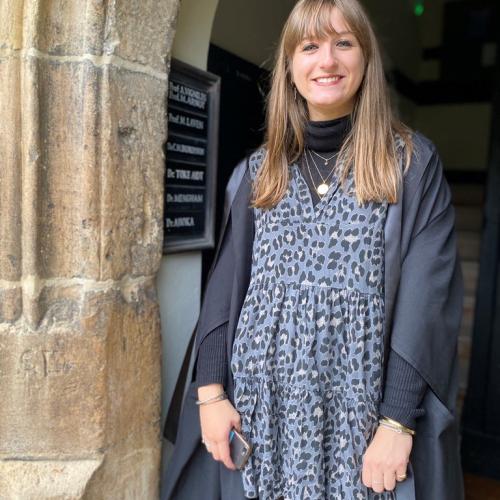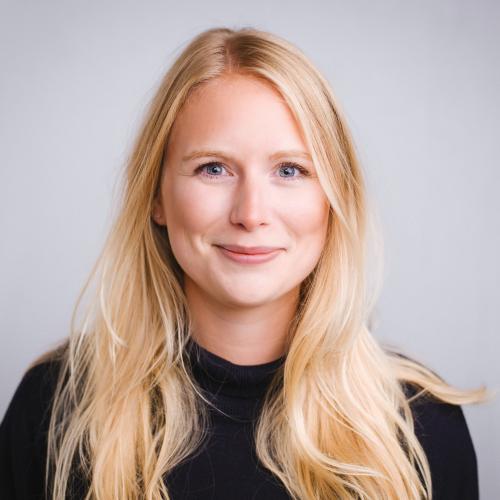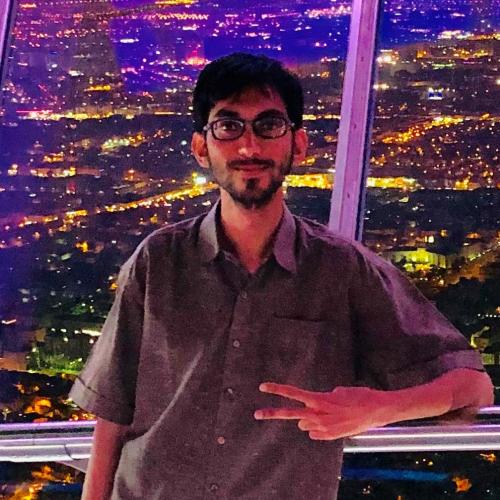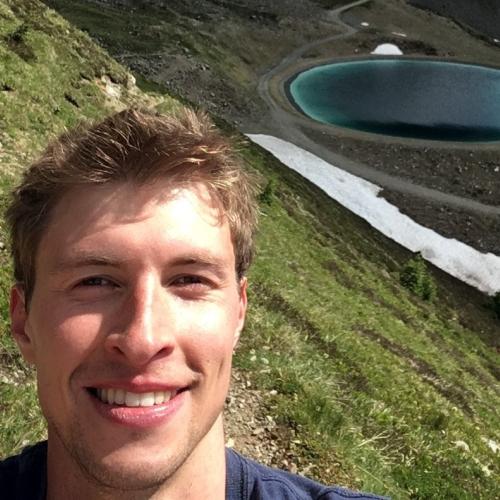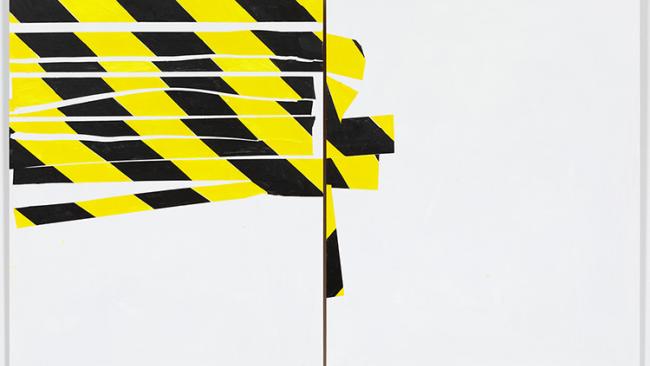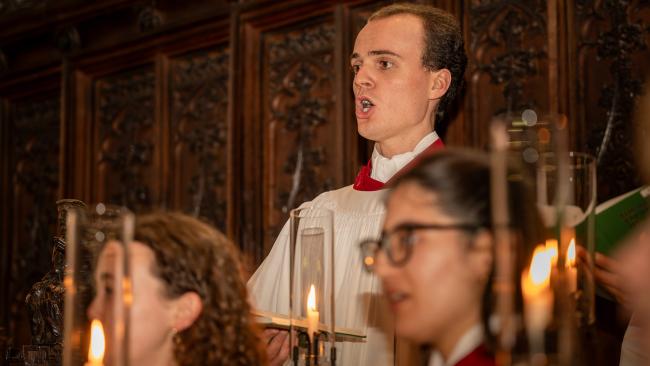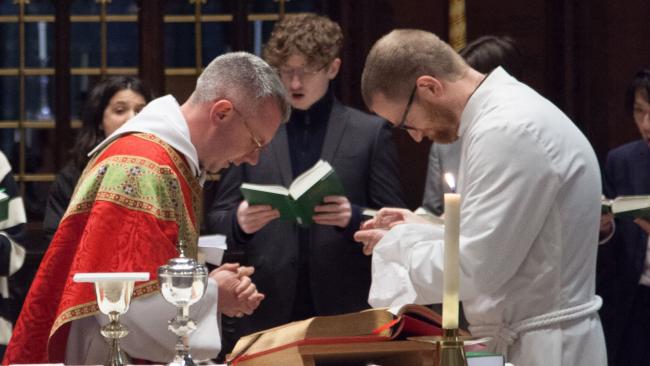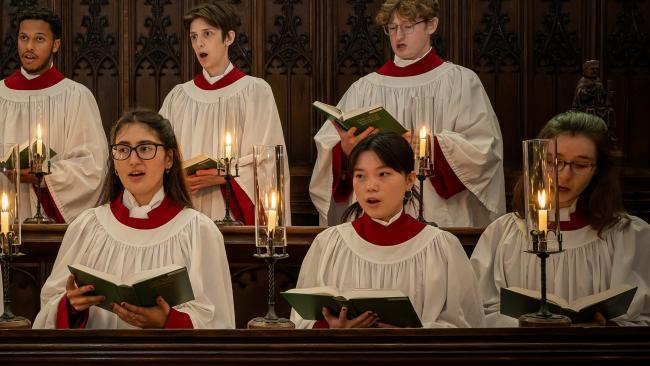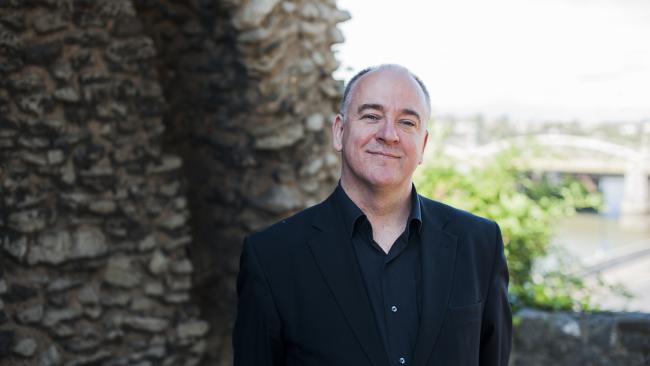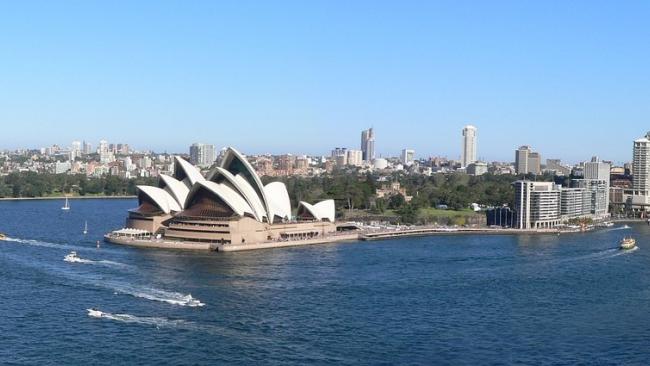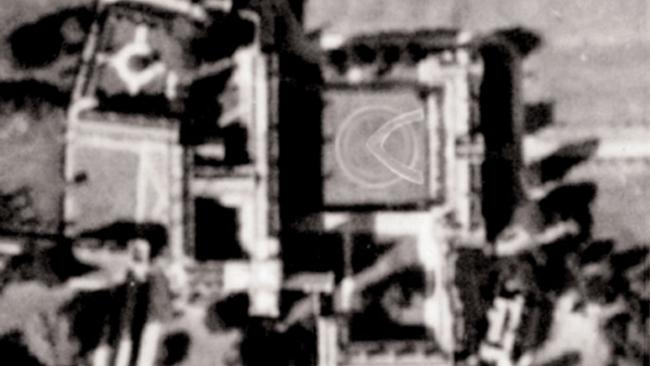
Kate Whiteford
Kate Whiteford is a leading exponent of land art. The form her work takes involves drawing, with a free and confident hand, on large tracts of landscape as various and as variously circumscribed as those at Harewood House in Yorkshire, Calton Hill in Edinburgh, Coventry city centre and the Mount Stuart estate on the Isle of Bute.
She has often welcomed, indeed sought out, collaboration with archaeologists, and her current project at Jesus College is no exception to this frequent rule, involving as it has done the contributions of several members of the Cambridge Archaeological Unit under the direction of Chris Evans.
Whiteford has not only explored the aesthetic possibilities of archaeological techniques, including excavation, aerial photography and remote sensing, but has often placed at the centre of the viewer’s attention stylisations of archaeological data as well as motifs that encapsulate decisive aspects of the social and cultural history of the sites she has worked on.
In training her focus on Jesus College, Whiteford has sought to register the extent to which the stratified history of the place has incorporated a range of different uses and meanings, reaching back to the Iron Age and possibly beyond. Starting from the cues offered by an aerial photograph of the terrain, obtained by the Luftwaffe on a covert mission during the early months of the Second World War, Whiteford has compressed the symbolic landscape of this part of Cambridge into an ensemble of highly charged elements.
She has elicited the effect of a crop mark in the lawn of Chapel Court, through the cultivation of different levels of growth, allowing the emergence of a circular design which evokes suggestions of a prehistoric henge or enclosure, as well as of the representation of the globe of the earth to be seen in the heraldic riddling of the founder of the College, Bishop Alcock, whose personal emblem shows a cockerel perched on top of a sphere: on top of the ‘all’ which is the whole world.
Transecting this ambivalent circle are a number of test trenches whose design pays homage to the symbolic power of the Gothic arch in the architectural legacy not only of the College founded in 1496, but also of the nunnery of St Radegund which predates it. These trenches allow the disclosure of a further detail in the palimpsest of meanings that crowd in on this archaeology of the imagination.
Picked out in deposits of chalk is the ghost of a complex pattern that both anticipates the form of the Gothic arch and also appears to resonate with other possibilities. Enough detail is revealed to suggest the presence of an ancient drawing on the landscape whose mimicry of the representation of geographical contours implies a ritual response to the environment and its underlying geology.
The sense of historical perspective that Whiteford constructs is both accentuated and challenged when it is realized that these chalk deposits have yielded up an artefact in the shape of a laurel leaf. The presence of this emblem of St Radegund introduces anomalies into the apparent stratigraphy of the site, proposing a degree of slippage between the symbolic languages of different moments of cultural history.
But perhaps the single most arresting aspect of the artwork and its conditions of reception is concerned less with its manipulation of historical perspective, than with the pressure it exerts on perspective of a more literal kind. It requires a point of view that eludes the spectator at ground level and even creates difficulties for those with vantage points in the upper stories of the surrounding court. Whiteford’s design, which collects the evidence for the symbolic meaning of the site, alluding to a process that has involved both a contesting and a conflating of different belief systems, remains decisively anamorphic unless seen from the point of view of an imaginary supreme being. It is only very recently that this unique perspective has been displaced by technological means, including the rather ironic expertise of the luftwaffe.

